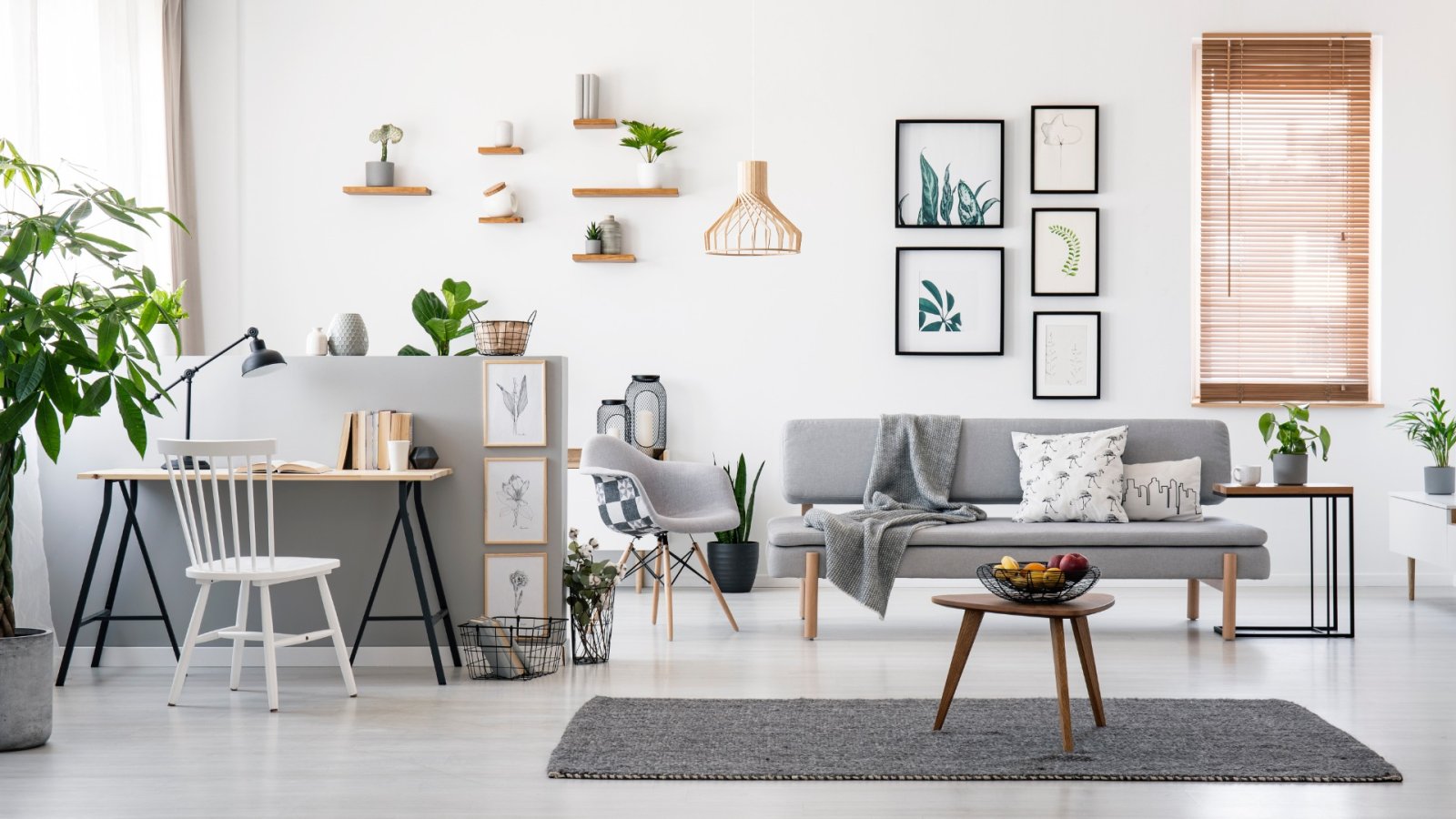The Power of Art in Interior Design
Art plays an integral role in interior design, adding mood, personality, and vision to any space. Designers have recognized the importance of incorporating aesthetics into the design process - there is no longer a distinction between functionality and beauty.
When designing for clients, art allows spaces to be simultaneously stimulating and relaxing while making all those who enter feel welcome. One effective way to achieve this balance is by curating carefully selected artwork. Pieces not only enhance the visual appeal of a home but cultivate a sense of style and personality that resonates with the occupants.
To fully bring your design vision to life, consider layering additional decorative elements alongside primary artwork, such as mirrors, sculptures, rugs, and stylish furnishings. Together, these components form a cohesive aesthetic language that reflects the unique tastes of those who inhabit the space. Art empowers designs to be memorable, meaningful, and deeply personal.
While some see art in interior design as an unnecessary expense, carefully selected pieces play an important role beyond mere aesthetics. When incorporated purposefully, art elevates function into form. It creates focal points that guide the eye, styles space cohesively with other materials and lifts even dark areas with light and imagery. Rather than a luxury, art acts as an investment - one with returns that extend far beyond monetary value. Meaningful works connect occupants to a space on a deeper level by expressing shared interests, cultural themes, or personal narratives. They imbue rooms with symbolic energy that drives how the area is experienced and used.
With art informing the vision, designers cultivate purposeful places tailored precisely to their inhabitants. Spaces become dynamic backdrops supporting activities, conversations, or relaxation. Memorable art tells the visual story of how individuals envision occupying their homes. While costs are involved, the joy, inspiration, and sense of identity art injects proves its worth. For interior design to reflect its users, art proves one of the most impactful components.
More than simply filling empty wall space, art plays a profound role in crafting purposeful, intentional spaces. Without artwork to enliven them, rooms can feel cold and disconnected from human experience. Regardless of size, strategically incorporated pieces both decorate and define a space, imbuing it with personality, emotion, and narrative depth. Through their individual stories and stylings, various art genres - from nature scenes to modern abstracts - shape unique aesthetic identities. Common mediums like paintings, sculptures, and photography - each convey distinct visual languages when paired with complementary designs.
Beyond aesthetics, artwork anchors interior layouts, guiding flow and focus with carefully considered focal points. These centers of visual interest draw eyes throughout a space, establishing harmonious balance and order. To make a true statement, anchor pieces should command attention without overpowering their surroundings. For designers, thoughtful art selection elevates functional spaces into meaningful, resonant environments that enhance human experience. With an understanding of art's transformative abilities, impactful design is achievable.
Subtle incorporations like fine art photography elegantly liven up walls with splashes of color without distraction. On a deeper level, art profoundly shapes how space is perceived and experienced. Its absence creates an unsettling disconnect, while thoughtful inclusions foster relaxation and enjoyment. Beyond aesthetics, thoughtful art selections confer mental and social advantages. Exciting conversations emerge as guests interact with meaningful pieces. Mood-lifting pieces further stimulate creativity and learning. For those who spend significant time at home, interactions with art nurture wellness in challenging times. When integrated purposefully, artwork transforms rigid structures into comforting places that elevate living. Resonant with personality, art breathes soul into blank interiors so they fully support health, happiness, and productivity. These impactful additions seamlessly tie form to emotive function, cultivating balanced and uplifting living environments.
The Power of Art to Shape Interior Spaces and Minds
As a timeless medium for emotional expression, art accesses our humanity in profound ways. Music, paintings, photography, and other works invoke visceral responses that color our mindsets. Scientific studies demonstrate the arts' positive impact on mood, creativity, and well-being. By incorporating evocative pieces into interior spaces, designers cultivate environments that enlighten as well as decorate. Thoughtfully selected art reflects the feelings invested by its creator, sparking empathy and new perspectives in viewers. This resonance between artist and audience serves to mentally transport and enrich.
Within the framework of interior design, paintings, sculptures, photographs, and other artistic media take on an expanded role. Beyond aesthetics, they shape the emotional tone of a room to uplift, inspire, or relax. Spaces adorned with upbeat works reliably foster pleasant, optimistic mindsets. Calming pieces gently eases the tensions of the day.
Finally, when you tap into art's inherent psychological qualities, designers can purposefully manipulate interior moods. Carefully curated works can transform static structures into dynamic settings that nourish your mind and spirit. Through art, balanced, rejuvenating atmospheres emerge to fully support your health, happiness, and ultimately, productivity.






